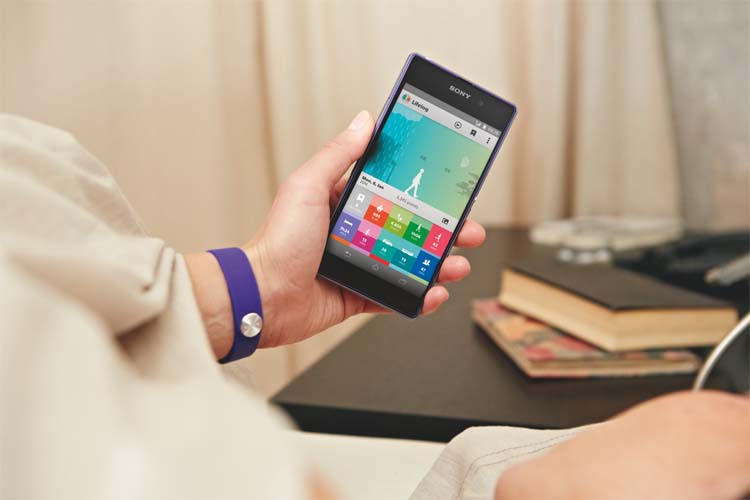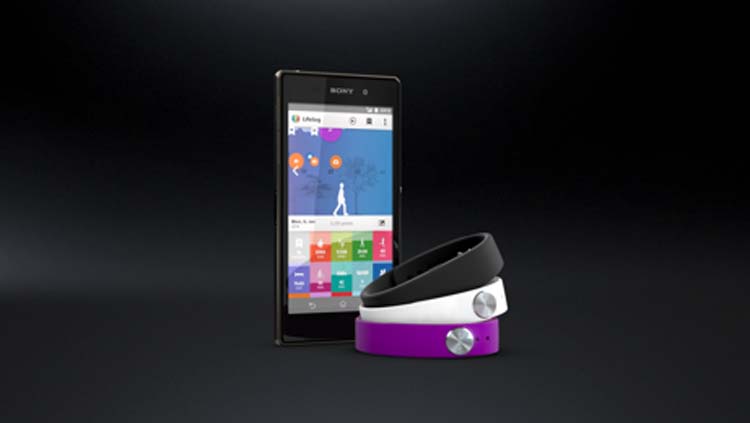You can trust Coach
With the abundance of wearable fitness trackers currently on the market, it’s difficult to know where to start when choosing one. The Sony SmartBand SWR10 immediately narrows down your choices with its limited compatibility, meaning you can rule this one out if you’re an iPhone user. You need a device running Android 4.4 or later with low-energy Bluetooth 4 in order to use it, but the Sony Xperia Z1 or Z2 are the recommended devices. Armed with the Z2, we put the band through its paces.
App-happy
Despite the user manual making the pairing of band with phone sound like a song-and-dance, it’s quite a simple process. If your phone is NFC (near-field communications) enabled, you can simply touch the two together to pair them. You’ll need to download three apps – SmartConnect, which enables the initial pairing, SmartBand, from which you can configure the band’s settings, and Lifelog, the main interface. On the Xperia Z2 and later models, SmartConnect is pre-installed, and embeds itself into SmartBand rather than displaying an icon on the home screen.

The band itself is lightweight and comfortable, and the core tracking unit is removable for charging. You’ll need to plug it into a USB port to charge it, though, as there’s no plug on the cable. Again, Xperia users are at an advantage as the charging ports on the tracker and the phone are the same, making the cables interchangeable. You’ll be up to full power in half an hour, and won’t need to plug in again for around five days. Three lights on the side of the tracker indicate full charge, and also signify whether the device is in day or night mode.
It’s possible to switch between modes using the button on the side of the band, but the convoluted pattern in which you have to press it means it’s easy to accidentally switch it off, so it’s preferable to configure the settings in the SmartBand app. On-screen sliders make it easy to change preferences, and you can set it to enter night mode automatically at a time of your choosing. You can also choose to be woken up at the optimum point in your light sleep cycle every morning, but only the lightest sleepers would be roused by the band’s miniscule vibration.
Fictional figures
Once the initial configuration was done, we set off for a walk. Despite varying the pace between a leisurely stroll and a jog, Lifelog registered no running, and simply counted the steps we’d taken. Data inaccuracy wasn’t limited to movement, either; the band inexplicably totted up a whole ten hours of sleep, despite us only snoozing for six. It renders the ability to change your daily goals somewhat useless, if you’re unable to trust the data the band is collecting.
Interface-wise, Lifelog is an attractive app, with a coloured, grid-style menu and side-scrolling graph of your daily activity, but it offers no purpose for the information it’s collected. You’re asked to input your height and weight when first signing into the app, but no calculations on recommended activity or calorie burn for your BMI are recommended, which seems like Sony are missing a simple trick. If you’re content to be presented with the bare minimum of data and work out your own targets, the SmartBand might be a comfortable option, but for those serious about monitoring their fitness, it falls short of many a mark.
The Sony SmartBand is available from Three in store and online from three.co.uk

